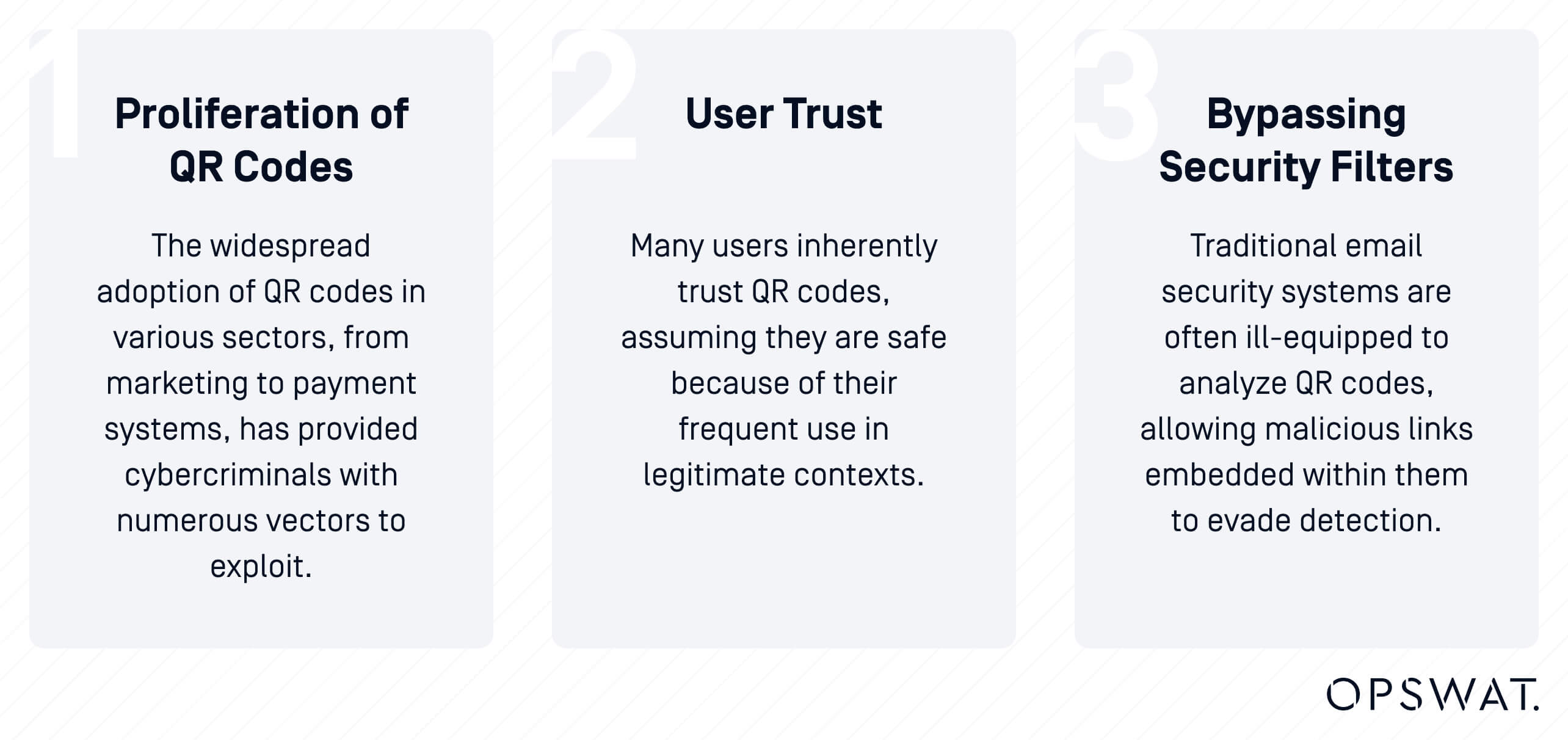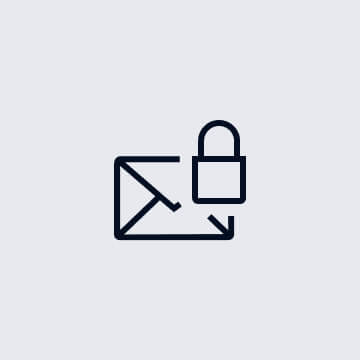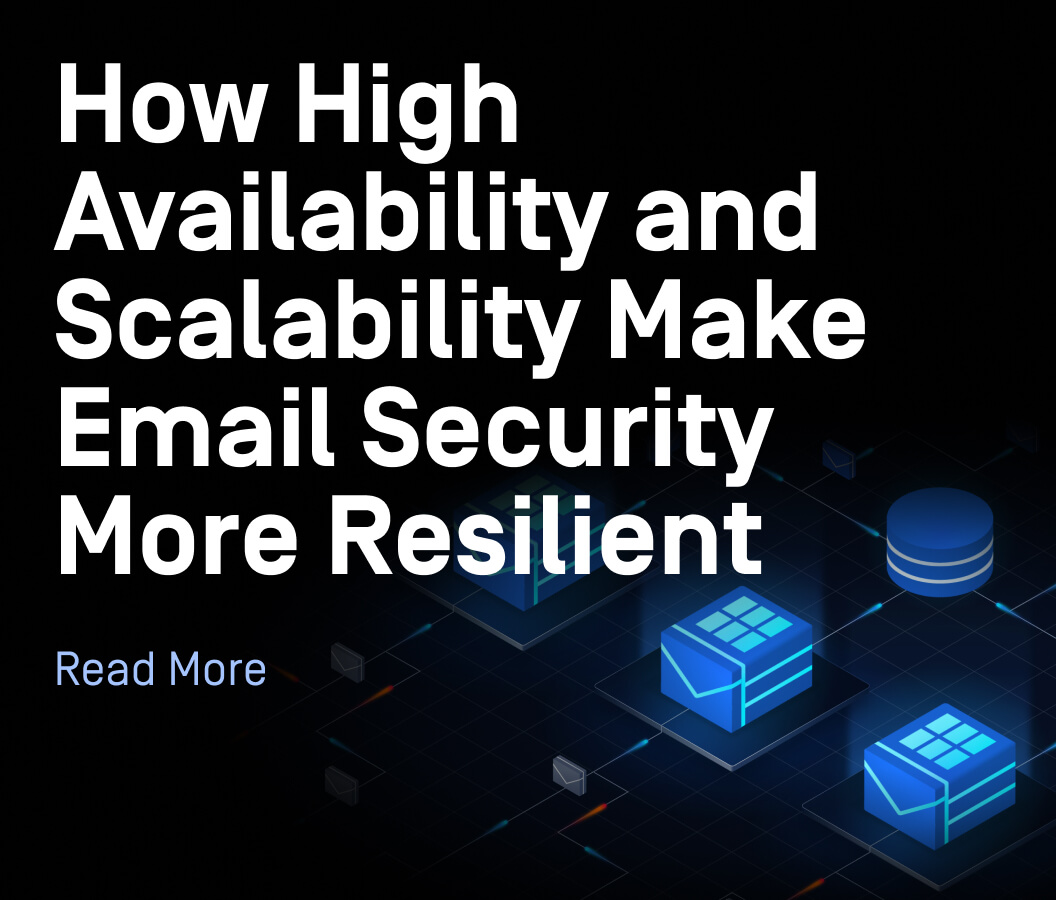In today’s digital era, QR codes have seamlessly integrated into our daily lives, facilitating swift access to information, websites, and services with just a scan. Their convenience, however, has not gone unnoticed by cybercriminals. A rising trend in the cyber threat landscape is the utilization of QR codes for phishing attacks, a method known as QR code phishing or "quishing".
This article explores the nuances of QR code phishing, the associated risks, and how organizations can safeguard themselves against this growing menace.
What is Quishing?
Quishing, or QR code phishing, involves embedding malicious URLs within QR codes. When users scan these codes, they are directed to phishing websites designed to steal sensitive information, such as login credentials, personal data, and financial information. Unlike traditional phishing attacks, which rely on users clicking on malicious links in emails or text messages, quishing leverages the trust and curiosity that QR codes can inspire.

The Mechanism of Quishing
Quishing typically involves embedding a malicious URL within a QR code. When scanned, this QR code redirects the victim to a phishing site designed to steal credentials, personal information, or deploy malware. The sophistication of these attacks lies in their ability to bypass traditional email security measures, as QR codes are not typically scrutinized like plain text URLs.
Email-Based QR Code Phishing: Cybercriminals often embed malicious QR codes within seemingly legitimate emails. These emails may purport to be from trusted sources such as financial institutions, service providers, or corporate entities. The QR code may prompt the recipient to scan it for various reasons, such as verifying account details, accessing secure documents, or participating in surveys.
Physical and Digital Media: Malicious QR codes can also be found on posters, flyers, and other physical media. Additionally, they can be distributed through social media, SMS, or other digital platforms, widening the scope of potential victims.
How QR Code Phishing Can Affect Critical Infrastructure Organizations
In May of 2023, a phishing campaign using QR codes targeted a leading US energy company. The campaign aimed to steal Microsoft credentials from users across various industries. Notably, the energy company received about 29% of over 1,000 emails containing malicious QR codes, with manufacturing, insurance, technology, and financial services also significantly targeted.
The phishing messages included QR codes in PNG images or PDF attachments, urging recipients to scan the codes to verify their accounts. This method bypasses anti-phishing solutions as the malicious links are hidden within the QR images. The campaign, observed to have grown over 2,400% since May 2023, suggests threat actors are testing QR codes' efficacy. The FBI has warned against such attacks, recommending vigilance and careful verification of URLs obtained from scanned QR codes.
Here are three other ways QR code phishing could be used against critical infrastructure organizations, or their clients and customers:

Financial Sector Target
A major bank's customers receive emails with QR codes purporting to be for a new security feature. When scanned, these codes lead to a site mimicking the bank’s login page, capturing account details and personal information. This incident results in significant financial losses and a tarnished reputation for the bank.

Corporate HR Scam
Employees of a multinational corporation receive an email appearing to be from the HR department, with a QR code linked to a "mandatory survey." The survey page, however, is a phishing site designed to steal employee credentials. The breach leads to unauthorized access to sensitive corporate data.

Healthcare Data Breach
Patients of a healthcare provider receive appointment reminders containing QR codes. Scanning these codes redirects them to a fake login page for the patient portal, compromising medical records and personal health information.
The Rising Threat Landscape
According to a report by InfoSecurity Magazine, there has been a significant increase in QR code phishing attacks. In 2022 alone, 22% of phishing attacks involved QR codes. This rise can be attributed to the growing use of QR codes and the relative ease with which they can be exploited. Cybercriminals recognize that many users are unaware of the potential dangers associated with scanning QR codes, making them an easy target.
The increase in remote work and digital transactions has also contributed to the rise of QR code phishing. Employees working from home may be more likely to scan QR codes without the same level of scrutiny they would apply in a traditional office setting. Additionally, the surge in online transactions provides more opportunities for cybercriminals to distribute malicious QR codes.
Here are the top three factors contributing to the rise of QR code phishing:

The Impact of QR Code Phishing
Successful quishing attacks can be severe, affecting both individuals and organizations resulting in:
- Data Breaches: Unauthorized access to sensitive information, including personal data, financial details, and corporate credentials.
- Financial Loss: Direct monetary loss due to fraudulent transactions or ransomware.
- Reputational Damage: Loss of trust from customers and partners, which can have long-term business implications.
Mitigating the Risks with Real-Time Anti-Phishing
Given the sophisticated nature of quishing attacks, organizations must adopt comprehensive strategies to mitigate these risks. One of the most effective ways to combat QR code phishing is through a real-time anti-phishing solution. OPSWAT’s Real-Time Anti-Phishing defense layer can significantly enhance email security by providing robust protection against phishing attacks using the following technologies:

Time-of-Click Analysis
Conducts link reputation checks using over 30 online sources at the time-of-click. This ensures that even if a QR code initially appears safe, any subsequent changes to the linked URL are detected and blocked.

QR Code Scanning and Rewrite
Scans QR codes embedded in emails and rewrites any malicious URLs, preventing users from being redirected to phishing sites.

High Detection Rate
With a 99.98% detection rate, this solution provides unparalleled protection against spam and phishing attacks. The comprehensive link reputation checks, and real-time analysis significantly reduce the risk of falling victim to phishing scams.

Multilayered Detection
Utilizes advanced heuristics and machine learning algorithms to identify and block phishing attempts. This multilayered approach ensures that even the most sophisticated phishing attacks are detected and neutralized.
Implementing OPSWAT’s Real-Time Anti-Phishing solution delivers several benefits such as:

Enhanced Security
By adding a robust layer of protection against phishing attacks, businesses can safeguard their sensitive information and prevent unauthorized access to their systems.

Peace of Mind
Employees can use QR codes without fear of falling victim to phishing scams, knowing that any malicious links will be detected and blocked in real-time.

Compliance
For businesses in regulated industries, implementing advanced anti-phishing solutions can help meet compliance requirements related to data security and privacy.
Employee Training and Awareness
Additionally, it is highly recommended to educate employees about the risks associated with QR codes and how to recognize suspicious codes. Training should include:
Verification: Encourage employees to verify the source of QR codes before scanning them. If a QR code is received via email or found in an unusual location, they should double-check its legitimacy.
URL Inspection: Teach employees to inspect the URL that a QR code directs them to. Legitimate URLs should be scrutinized for any anomalies or misspellings that could indicate a phishing site.
In Summary
As the usage of QR codes continues to increase, so will the threat of QR code phishing. Cybercriminals are constantly evolving their tactics, making it essential for businesses to stay ahead of the curve.
Educating employees, deploying advanced email security solutions, and leveraging real-time anti-phishing technologies are crucial steps in mitigating the risk of QR code phishing. By taking these proactive measures, businesses can ensure that they are well-equipped to handle the evolving threat landscape and maintain the security of their digital assets.
To see how OPSWAT’s innovative solutions can keep your critical infrastructure secure, talk to an expert today.

